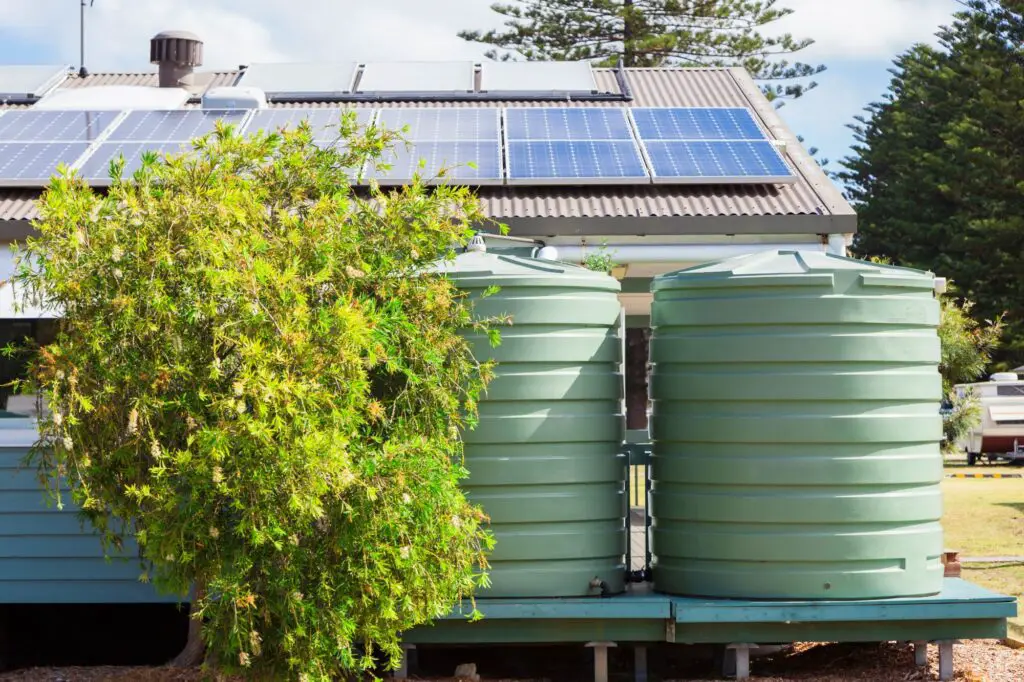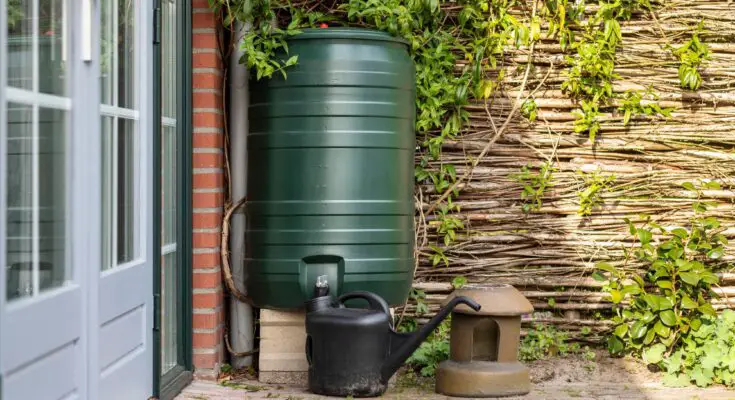The need for eco-friendly alternatives has become more critical today. This also applies to water and energy consumption, primarily since an average family uses 300 gallons of water daily. Because of this, people are looking for ways to reduce consumption and be more environmentally conscious. One option is a water tank, but how eco-friendly are they?
This article will explain the details of water tanks and explore if they are a good choice for people wanting to be kinder to the environment.
What Are Water Tanks?
Water tanks are containers that store collected rainwater that can be used for activities like gardening, flushing toilets, and washing cars. You can usually find them made of different materials, such as plastic and fiberglass, which can be placed above or below ground.
To find the best water tanks for your home or business, you can visit websites like watertankfactory.com.au/water-tanks-brisbane-qld/ and similar businesses for some great options.
How Do Water Tanks Work?
Rainwater is collected from the roof and placed in a gutter system connected to the tank. This gutter system prevents leaves, twigs, and other debris from entering the tank. There’s also an overflow system that redirects water from the tank if levels get too high.
Benefits Of Using Water Tanks
Water tanks have many benefits and have become a popular eco-friendly choice. This includes the following:
- It Can Help Save Money: In the long run, you’ll depend less on the municipality’s water infrastructure by investing in a water tank. Rainwater harvesting and reuse can also reduce dependence on chemical-based and energy-intensive municipal water treatment processes.
You can even use water collected from your shower, bathtub, and laundry machine to fill your tank, as long as it’s not contaminated with anything toxic. Moreover, you can reuse the water in your garden or for other purposes. This helps conserve precious resources while also helping reduce your household bills since you won’t need to rely solely on the mains’ water supply anymore.
- It Can Reduce Impact On Waterways: A water tank also reduces your home’s impact on waterways since less treated water is released into them. Also, using rainwater for tasks like cleaning your car or watering your lawn and garden can help reduce urban runoff contamination.
So, if you’re looking for ways to be kinder to the environment without sacrificing convenience, a water tank might be just what you need.
Impacts On The Environment
Regarding environmental impacts, water tanks are relatively eco-friendly for your home or business. This is primarily because of the following reasons:
- Reduce greenhouse gas emissions: Water tanks decrease the need for gas and oil that would otherwise be used in heating water throughout the year.
- Lessen the need to pump water from the ground: Because water tanks collect and store rainwater, the need to pump water from the ground is reduced. This can conserve water from natural resources like rivers and streams.
- Generate less waste: Since water tanks have a lifespan of at least 10 years, they generate less waste than other materials. This means there is less material to be disposed of, which helps protect our environment in the long run.
Some of the materials you can choose from are the following:
- Plastic – It’s lightweight, long-lasting, and corrosion-resistant. Moreover, it’s typically made from polyethylene (PE) or polyvinyl chloride (PVC) materials.
- Galvanized steel – This is a heavy-duty material coated with zinc, making it more robust and resistant to corrosion and harsh elements.
- Stainless steel – This material is one of the most versatile tanks available. It is rust-resistant and protects against corrosion.
- Fiberglass – It’s a versatile material that can also resist corrosion. In addition, it’s easy to install because it’s lightweight compared to other materials.
- Concrete – This material can resist impact because it has high compressive strength. It’s also fire-proof and chemical corrosion-resistant.

These materials are durable or recyclable, so they don’t take up landfill space or contribute to land pollution upon disposal.
- Less need for maintenance: Unlike other water storage options, such as pipes or wells, water tanks don’t require much maintenance once installed. There’s no need to clean or inspect them regularly since they’re encased in an impermeable material that prevents dirt and debris from entering.
With all these benefits, water tanks have become the go-to pick for people who want to live an eco-friendlier lifestyle.
Conclusion
When appropriately maintained, water tanks can be incredibly eco-friendly—providing a reliable source of water that can reduce wastage while also helping you become more energy efficient. However, all water tanks are not created equally due to the different materials they are made of, maintenance requirements, and more. So, it’s ideal to research before deciding your best option.



